ART CITIES: Vienna-Ines Doujak,Part II
 Since the 1990s, Ines Doujak has been developing a multidisciplinary practice that encompasses photography, performance, film, and installation and uses political theory as well as natural and human-made objects to deconstruct the political implications of sexist and racist stereotypes. She draws on motifs from cultural history and traditions of carnival and masquerade, because these occur on the border between art and life and are usually marked by displays of excess and grotesqueness (Part I).
Since the 1990s, Ines Doujak has been developing a multidisciplinary practice that encompasses photography, performance, film, and installation and uses political theory as well as natural and human-made objects to deconstruct the political implications of sexist and racist stereotypes. She draws on motifs from cultural history and traditions of carnival and masquerade, because these occur on the border between art and life and are usually marked by displays of excess and grotesqueness (Part I).
By Efi Michalarou
Photo: Kunsthalle Wien Archive
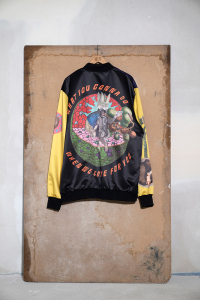
Ines Doujak’s solo exhibition “Geistervölker” (ghost populations) is revolving around histories of pandemics, transmission of viruses, and their relation to global trade and to the current economic, microbiological, and ecological crises. The artist traces, in fragments, the origins of pandemics throughout history and links them to a global economy that is based on logics of extraction facilitated by colonial legal mechanisms and late capitalism. The exhibition is both a continuation and a newly visualized manifestation of her work as an artist as well as an archivist, a researcher, and collector. There is a strong connection between each work, and this connection tempts the viewer to follow a clear path. Yet such a path would be elusive, as Doujak’s work and research mirror and reflect each other, and every exhibition of Doujak is, in a way, a retrospective that encompasses different periods and approaches of her artistic practice. In the exhibition the artist combines both new and old projects to create a constellation of works that conceptualize the constant and absurd movement between accumulation of capital and the impossibility to continue extracting from Earth because it has reached the limit of what we can greedily and continuously take. Recurring motifs of her practice interconnect different spatial and temporal points. They form a narrative linking global chains of economic production, consumption, and exploitation to the present pandemics, as well as the recurrent patterns that caused and spread pandemics historically. In this exhibition, rats, flies, bats, crows, worms, pigeons, and spiders appear in various forms as carriers of diseases, but also as powerful and condensed images of the dangerous limitation and social conditionality of an anthropocentric view that “makes the world go round”. Long before the Covid-19 crisis, Doujak has been looking into ill human bodies in relation to flora and fauna and the pending threat of pandemic illnesses. The exhibition takes the title of her iconic work “Ghost Populations” (2016– ), a series of collages made from images collected from nineteenth-century medical atlases on skin diseases. These assembled elements from drawings of diseased bodies are also used to conceive her present generation of sculptures. There is something novel and disjointed about these bodies, something productively different from what they once were. They move away from the notion of illness toward liberating expansion, heroic disregard, and joyful protest against standards that set the limit of sickness and health to sustain system functionality and discipline. By assembling or repairing the mutilated, mutated body, she makes a whole that will never be like any preexisting whole. For Doujak, “ghost populations proliferate”; they are in constant flux. Just like the flesh of the characters in her collages and sculptures, which keep on expanding, becoming an uncontrollable outgrowth. But the real outgrowth is the deadly, relentless expansion and growth of capitalist production and full-on extraction of natural and social resources. Labor and exploitation are important and recurrent subjects in Doujak’s work. She exposes numbers and facts from the outrageous economics of modern slavery, human trafficking, prostitution and shows illegal economies as the flip side of legal trade procedures and production methods whose criminality is naturalized and much more insidious. Therein lies the true monstrosity, not in the superficially monstrous traits of Doujak’s characters. In fact, Doujak’s universe deeply upsets and decenters disgust and blame that fundamentally shape history and condition our ways of perceiving and dealing with illness, pandemics, and transmission.
Photo: Ines Doujak, Like and Not Like, 2021, courtesy the artist
Info: Curators: What, How & for Whom / WHW (Ivet Ćurlin, Nataša Ilić and Sabina Sabolović), Assistant Curator: Aziza Harmel, Kunsthalle Wien, Museumsquartier, Museumsplatz 1, Vienna, Austria, Duration: 1/10/2021-16/1/2022, Days & Hours: Tue-Wed & Fri-Sun 11:00-19:00, Thu 11:00-21:00, https://kunsthallewien.at

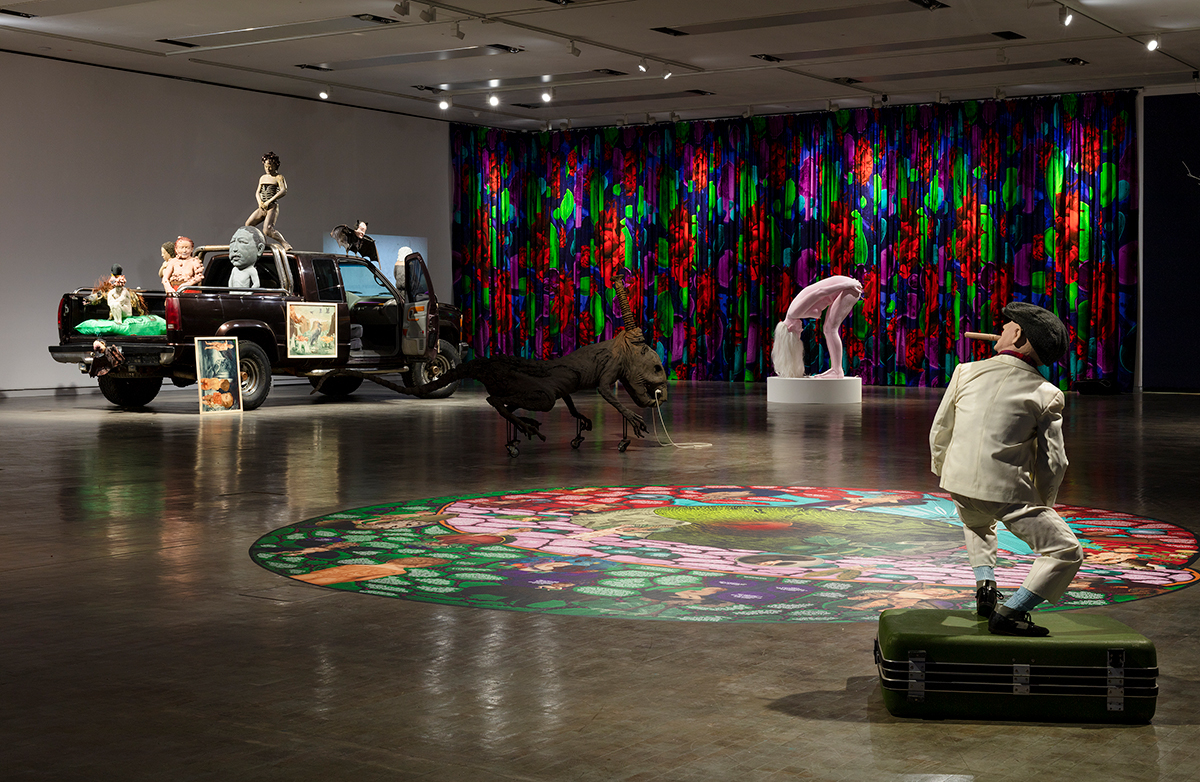
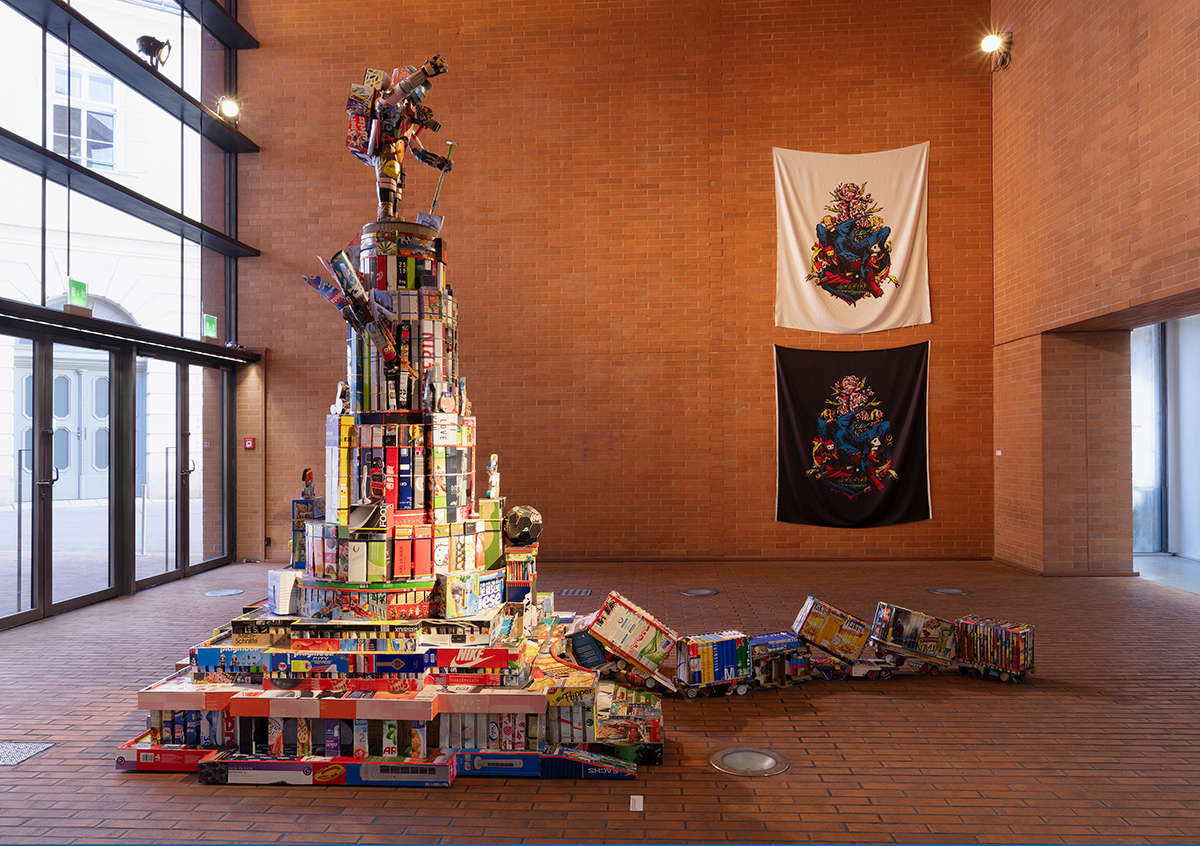
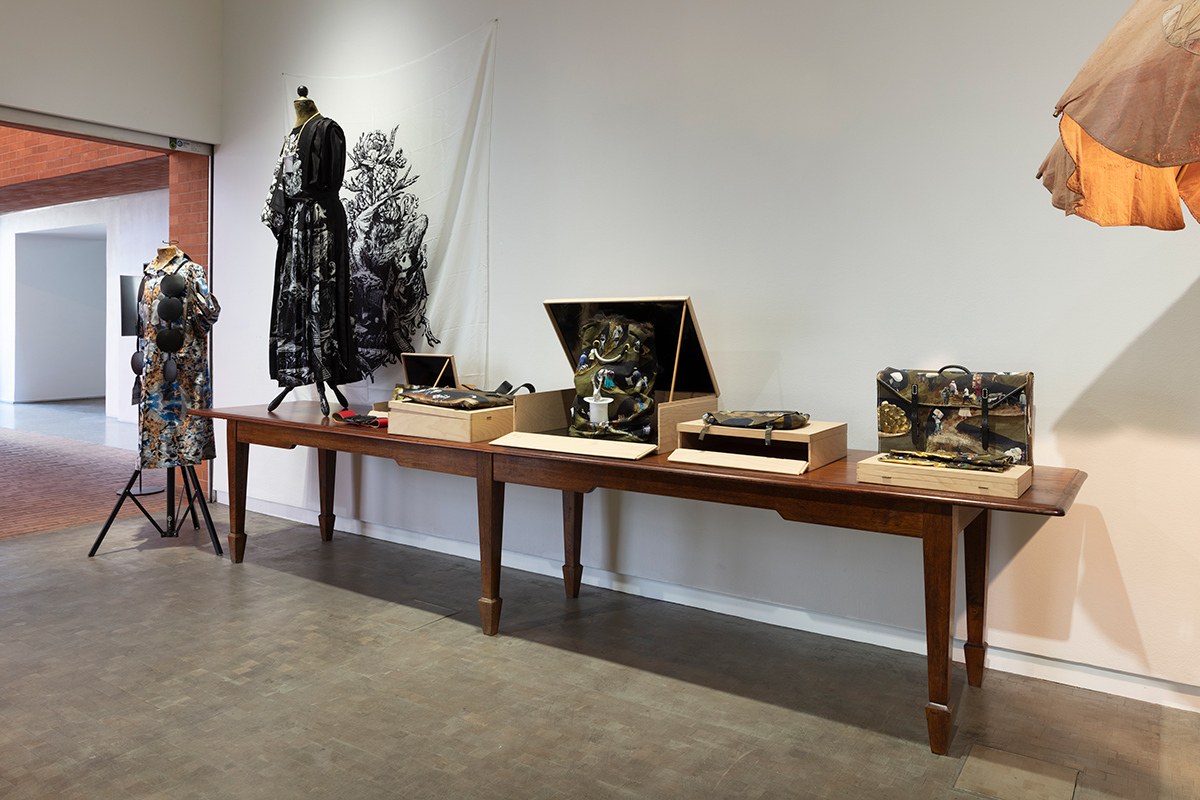
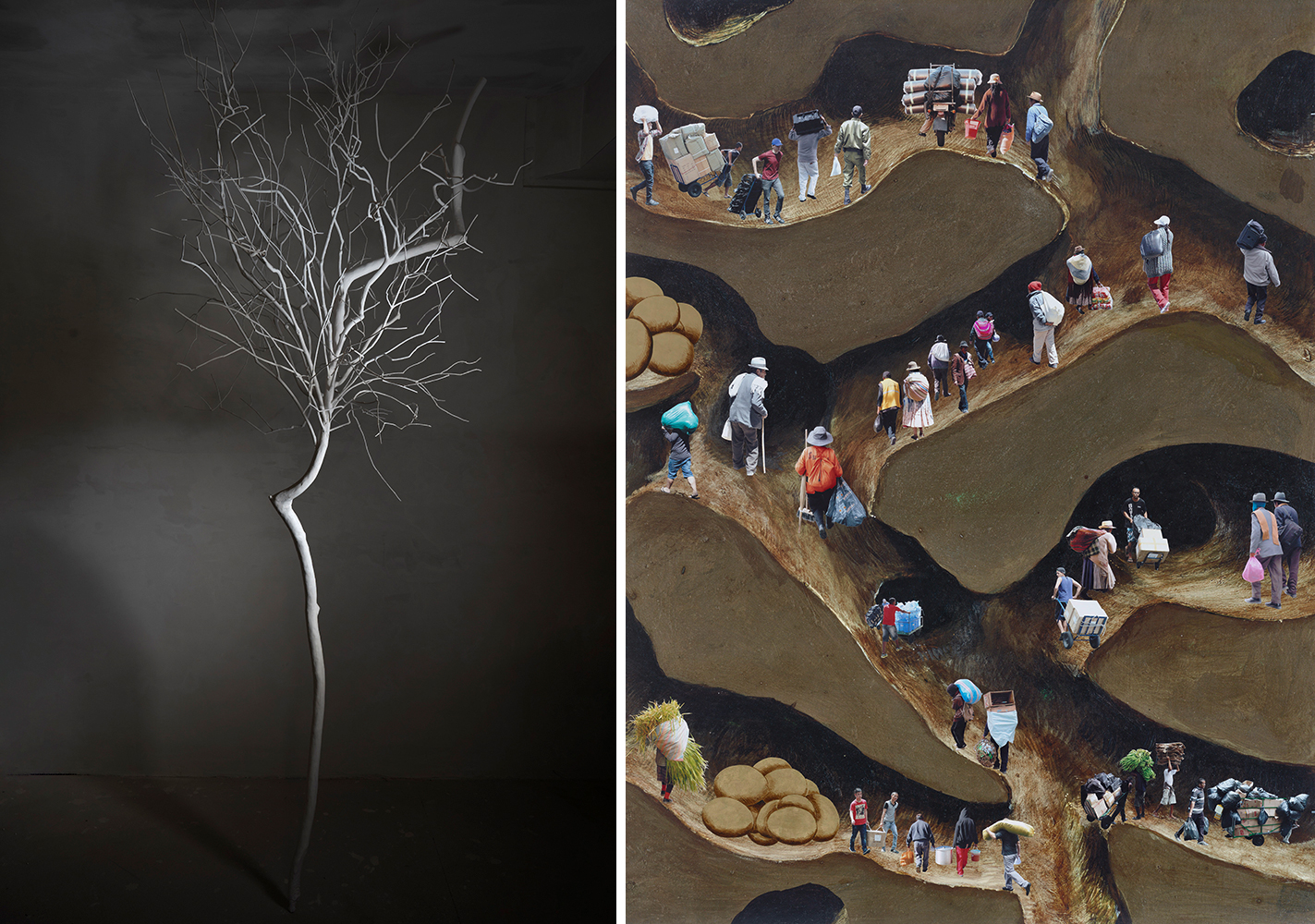
Right: Ines Doujak, Loadcarriers (detail), 2014, courtesy the artist
